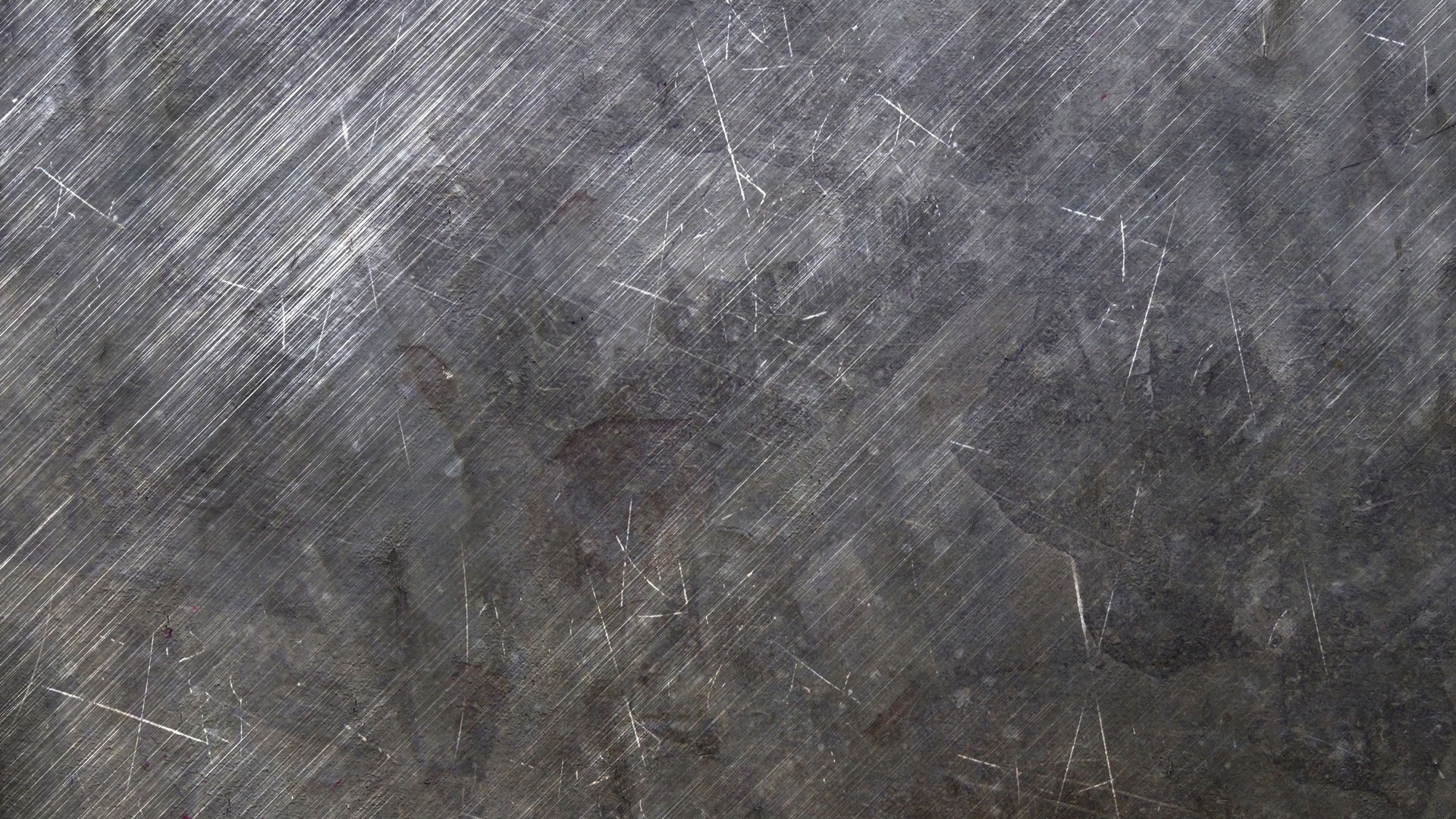
RAZORCLAW
RAZE THE BAR
DESIGN
It all started with every member of the team making a sketch of their idea of a gripper or arm. Thus five sketches were created.
But only one sketch could be turned into a design, so a winner had to be chosen. This was done by creating a chart with on one axis the sketches and on the other the most important specifications of the design. Points were given to each sketch based on their expected performance in each of the specifications. The numbers were added and one sketch won.
The sketch that won worked on the principle of a scissor, but instead of using muscle force to close the gripper an actuator was to be fitted into the gripper, which would open and close it. This sketch was turned into a blueprint, so a laser cutter could make the parts for the gripper.
A gripper was created, but an arm was still missing. Thus brainstorming about the arm started. Very soon after starting it became clear that the arm would work on the principle of a four bar mechanism, because this would be able to lift the grabber without tilting it. A sketch of the arm was made.
This arm would work just like a see-saw; on one end the gripper would go up and on the other end a counter-weight would go down. This would be set into motion by two actuators, one on each side of the mount of the arm. To tilt the arm one actuator must be extended and the other one must be retracted.
While in the workplace the idea arose that the arm wouldn’t have to be as big as thought, because instead of the long arm with a mount in the middle of it, an arm could be attached to a board directly and lifted by two actuators. The principle of this design was almost the same as the earlier idea, but this one needed much less materials and space. And so the design for the arm was created.







Mechanical arm in different positions
Distance Y-axis [cm]
Distance X-axis [cm]